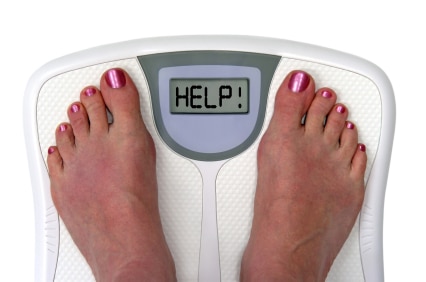 You know the basics of losing weight and you’re much closer to reaching your goal. Now you need to get a little deeper into the details, but it all seems so complicated. It’s funny how many of the people who get the best results often use knowledge and techniques that are simple rather than complicated. They usually know everything that would be considered advanced, but they utilize the information in such a way that makes it very easy to reach and exceed their goals. Now it’s your time to apply some key points to take it to the next level.
You know the basics of losing weight and you’re much closer to reaching your goal. Now you need to get a little deeper into the details, but it all seems so complicated. It’s funny how many of the people who get the best results often use knowledge and techniques that are simple rather than complicated. They usually know everything that would be considered advanced, but they utilize the information in such a way that makes it very easy to reach and exceed their goals. Now it’s your time to apply some key points to take it to the next level.
The fundamental principle of dieting to lose weight is to cut down on fat intake and burn more calories than you are taking in every day. Maybe you’ve made some changes but there are a few bad habits that you just can’t shake. It’s time to make the conscious decision to commit to eating healthy. Take a sensible and realistic approach and change your attitude towards the way you eat. If you’re at a point where you feel like you can’t fully change your eating habits right away, you must make a transition to healthy eating. Switch to low-fat choices and use them for a week or two before going to non-fat. You have to cut down on the bad things if you can’t completely cut them out right away. When cutting down on the amount of fat that you take in, be careful not to reduce your daily calories by more than twenty percent. This can lead to yo-yo dieting. It’s important to consume your calories evenly throughout the day in order to keep a steady metabolic rate. Eat 4-5 balanced meals with low calories.
There are many other things that you can do to further reduce your fat intake. It’s essential to reduce or eliminate refined carbohydrates such as white rice and white flour. Choose whole-grain products instead. Replace high-calorie dressings and toppings with vinegar or lemon juice. Decrease the use of cooking oils, butter, and mayonnaise. Whenever you can, bake and boil foods instead of frying them. You should also remove the skin from chicken and turkey. These may sound like trivial tips, but many people who have struggled before reaching their goals notice that they matter.
Learning how to properly read food labels can help significantly in selecting what foods to eat or avoid. Take time to understand the details on serving size and portion control. Learn about the “Percent Daily Value” section of your nutrition facts and understand how it relates to the amount of fat, cholesterol, sodium, carbohydrates, fiber, and sugars that are in your food choices.
If you are looking to improve your current level of fitness, stick to a few key points. To improve your VO2 max, you must increase the duration, frequency, and intensity of your workout, in addition to choosing the correct activities and exercises. Depending on how you manipulate these factors, you can improve your VO2 max anywhere from 5-30%. The intensity of your training must be at least 60% of your maximum heart rate in order to achieve this. You can make the same improvements if you do low-intensity, long duration workouts or high-intensity, short duration workouts. So the total amount of work done is most important to take your fitness level up a notch. When focusing on progression and overload, avoid injuries by increasing the challenges on your body at a gradual and comfortable level. Try to increase intensity or duration by 5% each week, and work out 3-5 times a week to be safe. This helps to avoid piling on too much at once. Also, before making things harder, make sure that you have no excess soreness while performing at your current level.
If your goal is to maintain the gains that you’ve made, you’ll have it a little easier. Let’s say that you’ve reached your goal weight and fitness level, you can actually cut back on the amount of work you do and still keep those gains. For example, if you slightly reduce the duration and frequency of your workouts, you can still hold onto your gains as long as you exercise at the same level of intensity.
You’ve proven to yourself and everyone else that you’re progressing and you know what you’re doing. It’s time to apply this new information and go even further.
Related Articles by Cathe:
5 Factors That Increase the Risk of Weight Regain After Weight Loss

